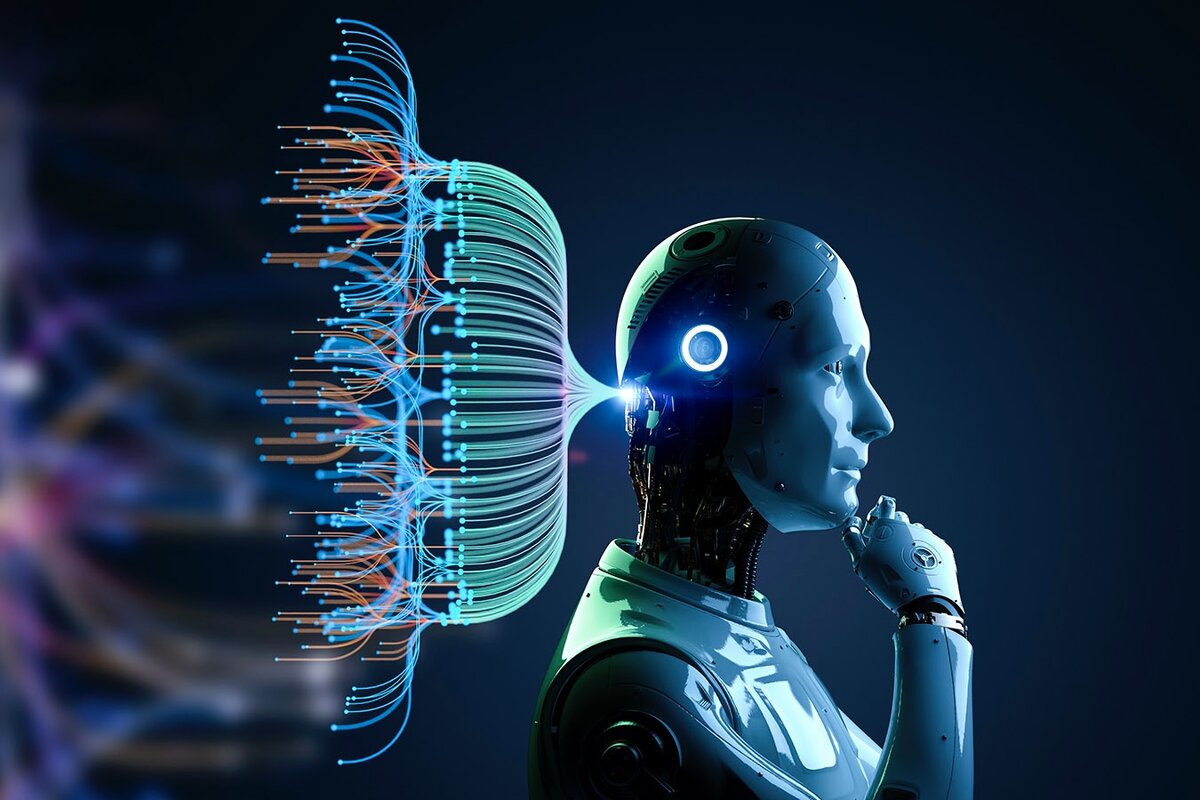Wi-Fi-connected devices around us constantly exchange spatially oriented radio wave signals.
These radio waves bounce off walls, furniture, and other objects in the space, forming information about the location of these objects. This set of data, or information about the state of the Wi-Fi channel (Wi-Fi CSI), has previously been used to construct rough sketches of rooms, and the accuracy of these sketches can be improved with the help of artificial intelligence.
Researchers at the University of Tokyo have proposed a method for processing Wi-Fi CSI data using diffusion AI models. Wi-Fi CSI visualisation based on mathematical algorithms only gives approximate results due to insufficient amounts of source information and requires too many computing resources — these gaps can be filled by a diffusion AI model trained to create photorealistic images. This is achieved by converting Wi-Fi CSI into a latent (hidden) space — a general representation of objects operated on by diffusion AI models, rather than a set of pixels; hence the name LatentCSI.
LatentCSI technology involves translating Wi-Fi CSI into latent space, which is then transmitted to a pre-trained diffusion model, which generates a high-resolution image with fine details and textures that Wi-Fi alone is unable to “see”. In their project, the researchers connected the Wi-Fi CSI encoder to the Stable Diffusion 3 model, which accepted its data as requests for image generation, saving computing resources. Importantly, the model was pre-trained on real photographs of the room being studied, meaning it knew what it looked like when empty. After that, the AI restored the position of the variable environment, showing how many people were in the room, where they were standing, and what the general layout of objects inside was.
It is unlikely that providers will now be able to monitor subscribers using routers, but LatentCSI technology still raises some questions about the threat to privacy. It will probably help to monitor people, although at the moment it is just a laboratory demonstration. This is not the first solution of its kind: earlier, Italian scientists proposed a method of identifying people by the distortions their bodies cause in Wi-Fi signals, and American researchers built a vision system for robots based on radio signals.





